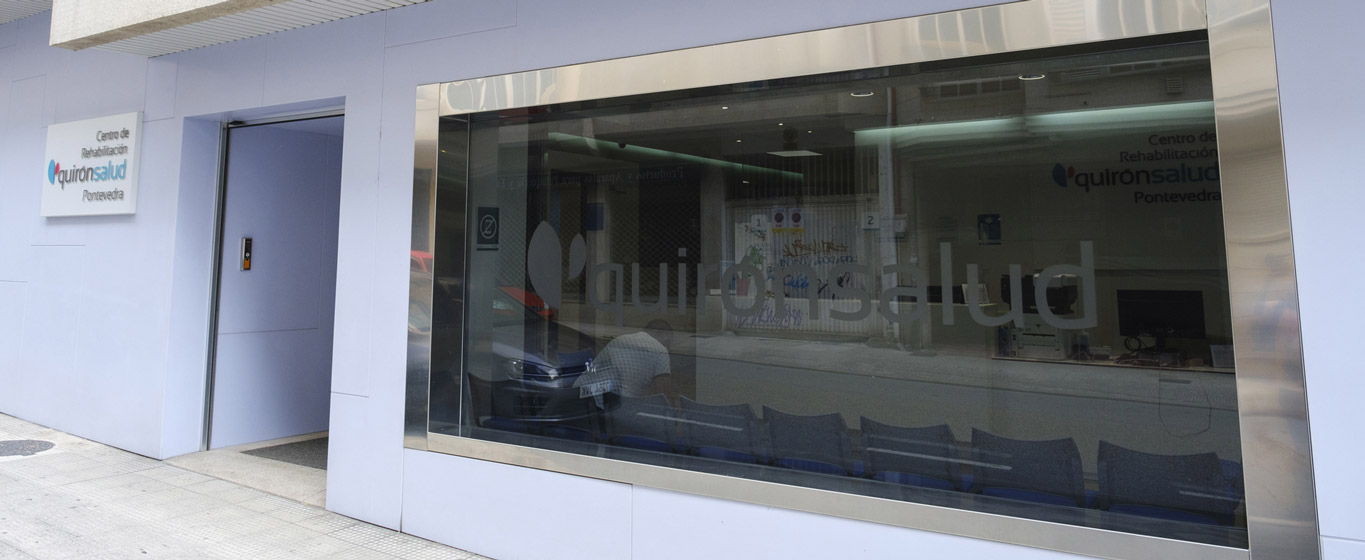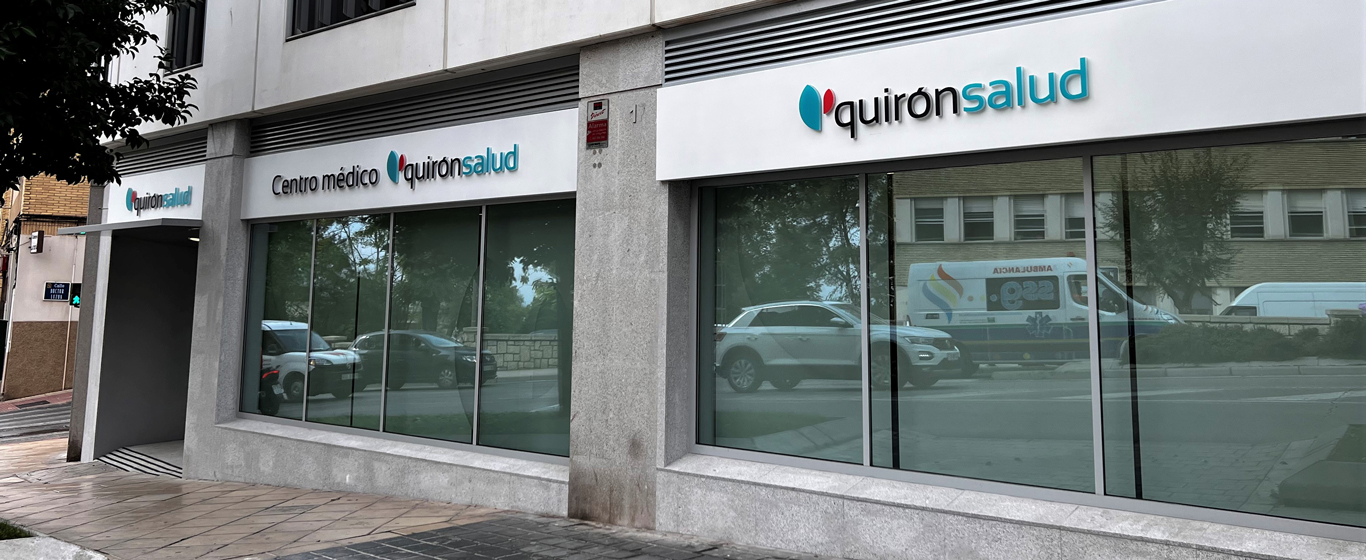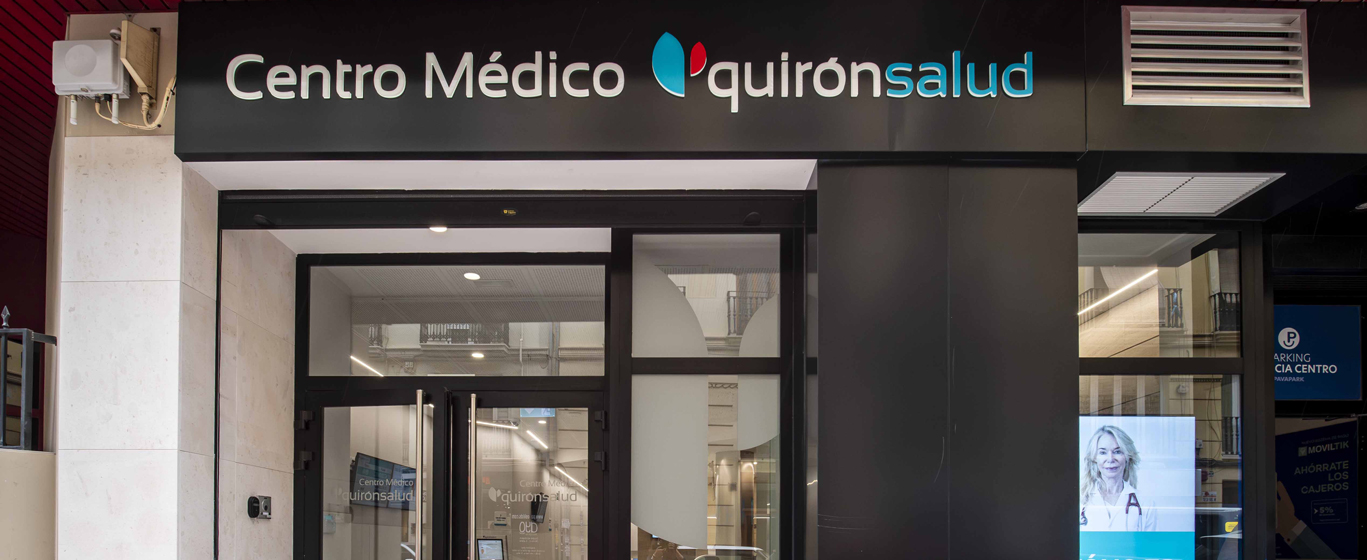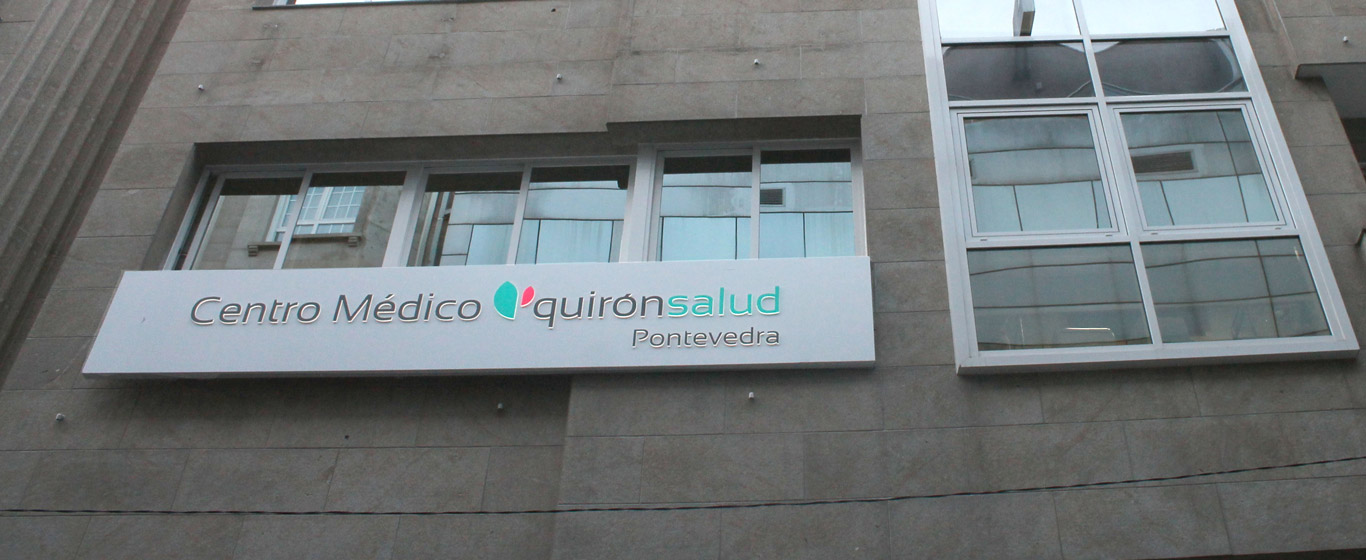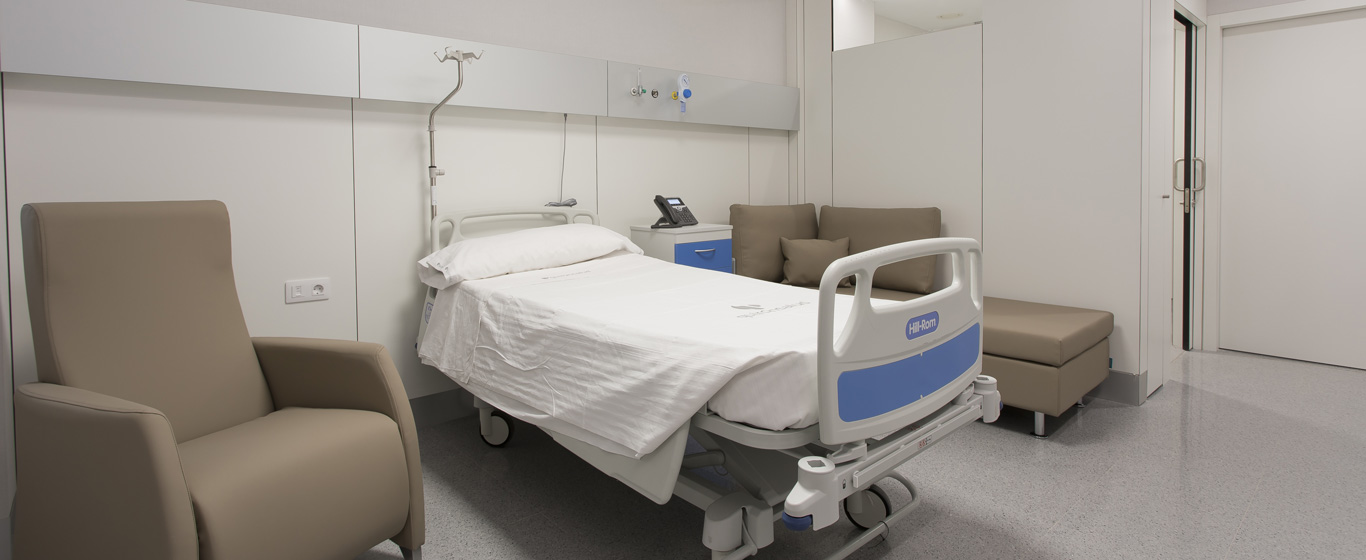Parkinson's Disease
Is it possible to prevent Parkinson's? Everything about the causes, symptoms, consequences, and the most effective treatments for this disease.
Symptoms and Causes
Parkinson’s disease is a neurodegenerative disorder that leads to the progressive loss of neurons responsible for dopamine synthesis. When the body stops producing this neurotransmitter, the ability to control movements is significantly reduced.
As it develops gradually, individuals with Parkinson's disease go through five stages:
- Stage 1: At the beginning, mild symptoms appear, typically affecting only one side of the body, and they do not interfere with daily activities. Rehabilitation exercises are recommended.
- Stage 2: In addition to becoming more pronounced, the signs of the disease become bilateral. Patients require assistance and medication to perform their tasks.
- Stage 3: Symptoms continue to worsen, increasing the risk of falls and dependency.
- Stage 4: The disease is advanced. Symptoms go beyond motor system issues, and cognitive or psychological disorders begin to appear.
- Stage 5: There is resistance to medications, leading to a decline in physical condition, and patients become completely dependent, requiring a wheelchair for mobility.
Current research has not yet found a cure for Parkinson's, so treatments aim to improve patients' quality of life and increase their life expectancy.
Symptoms
Parkinson’s disease exhibits very clear and recognizable characteristics that change as the disease progresses. The initial symptoms are mainly:
- Slowness in performing movements.
- General clumsiness.
- Reduced automatic movements such as arm swinging while walking or blinking.
- Resting tremors.
- Muscle stiffness.
- Facial expressionlessness.
Among the final symptoms of Parkinson’s disease are:
- Tremors and movement difficulties intensify and spread to both sides of the body.
- Balance deterioration.
- Speech and writing changes.
- Sleep disorders.
- Lack of reflexes.
- Cognitive deterioration.
Causes
The cause of Parkinson’s is unknown, although some studies suggest that the alteration of specific genes could trigger its onset. In a minority of cases, it may be hereditary. The presence of Lewy bodies in neurons may also be one of the triggers for its development.
Risk Factors
Parkinson’s disease is more prevalent in men over the age of 60.
Complications
As Parkinson’s progresses, it can cause swallowing problems, sleep disturbances, difficulty thinking, psychological disorders, constipation, fatigue, hypotension, or loss of sexual desire.
Prevention
Parkinson's is a disease that cannot be prevented, as the causes that trigger it are unknown.
Which doctor treats Parkinson's?
A neurologist specializes in diagnosing Parkinson's disease and monitoring treatments, alongside specialists in geriatrics, neurophysiology, and palliative care.
Diagnosis
The diagnosis of Parkinson’s disease is based on the patient’s history and a physical examination conducted by a neurologist. In most cases, no further tests are necessary. However, a blood test or MRI may be required to rule out conditions with similar symptoms.
Treatment
Treatments to reduce Parkinson’s symptoms vary depending on the progression of the disease. Some of the most common treatments include:
- Medication to replace the lack of dopamine in the body.
- Deep brain stimulation treatments.
- HIFU (High-Intensity Focused Ultrasound) treatment to reduce tremors and stiffness on one side of the body.






